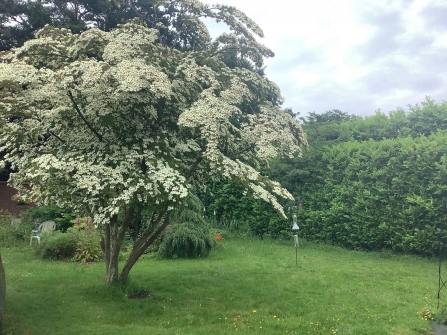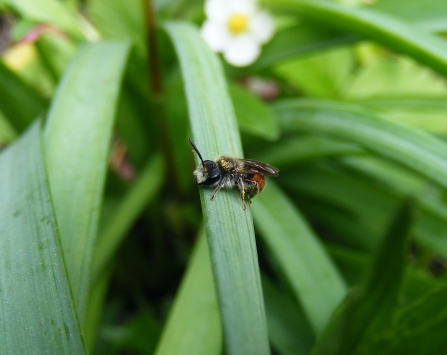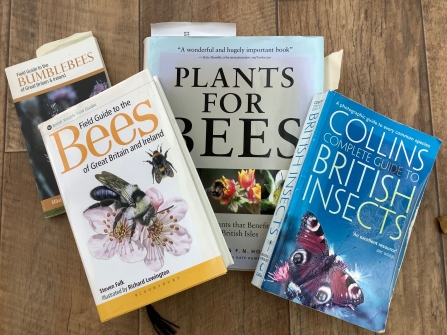I’d just turned 39, it was 2004 and I’d taken over a fairly large, and fairly overgrown garden in Corfe Mullen, Dorset.
To say I was floundering is an understatement. In that first year I cut everything back at the wrong time, dug up plants thinking they were weeds and ran away from a slow-worm (thinking it was a snake). I was in over my head but I was loving it.



